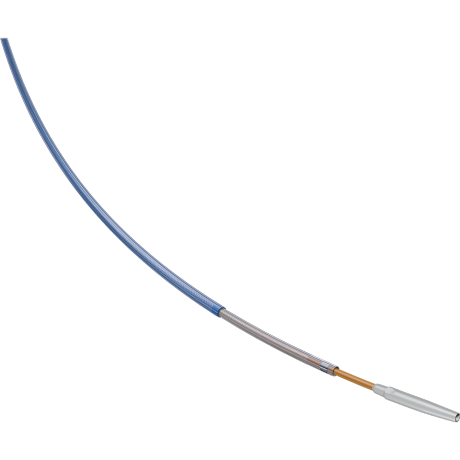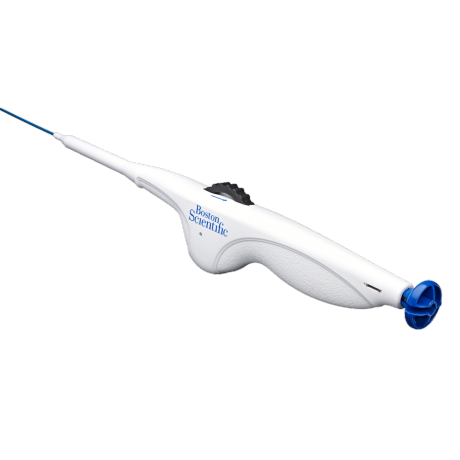CONTRAINDICATIONS
Patients with contraindication to antiplatelet and/or anticoagulation therapy; Patients who are judged to have a lesion that prevents proper placement or deployment of the stent; A lesion that is within an aneurysm or an aneurysm with a proximal or distal segment to the lesion; Patients who exhibit angiographic evidence of severe thrombus in the target vessel or lesion site before/after undergoing Percutaneous Transluminal Angioplasty (PTA) procedure; A lesion through which a guide wire cannot pass.
WARNINGS
Do not expose to organic solvents (e.g. alcohol); Stenting across a bifurcation or side branch could compromise future diagnostic or therapeutic procedures; The stent is not designed for repositioning; once the stent is partially deployed, it cannot be “recaptured” or “reconstrained” using the stent delivery system.
PRECAUTIONS
The delivery system is not designed for use with power injection systems. Only advance the stent delivery system over a stiff 0.035 in guidewire. Always use an introducer or guide sheath for the implant procedure, to protect the access site. If strong resistance is met with the introduction of the delivery system or if unable to initiate release of the stent, remove the entire system from the patient and introduce a new system. Never post-dilate the stent using a balloon that is larger in diameter than the nominal (labeled) diameter of the stent. When catheters are in the body, they should be manipulated only under fluoroscopy. Radiographic equipment that provides high quality images is needed. The stent delivery system is not intended for arterial blood monitoring. The minimally acceptable introducer or guide sheath size is printed on the package label. Do not attempt to pass the stent delivery system through a smaller size introducer or guide sheath than indicated on the label. Do not remove the thumbwheel lock prior to deployment. Premature removal of the thumbwheel lock may result in an unintended deployment of the stent. Prior to deployment, ensure adequate distance between the proximal end of stent and the introducer/guide sheath to prevent deployment within introducer/guide sheath. This device has not been tested in patients who are pregnant or patients who may be pregnant.
Take caution when considering whether to use this device in patients with known allergy to nickel-titanium alloy or contrast media. Take caution when considering whether to use this device in vessel in which there may be a residual stenosis of 50% diameter or larger in the target vessel after the planned intervention. In patients with poor kidney function, contrast agents may precipitate kidney failure.





